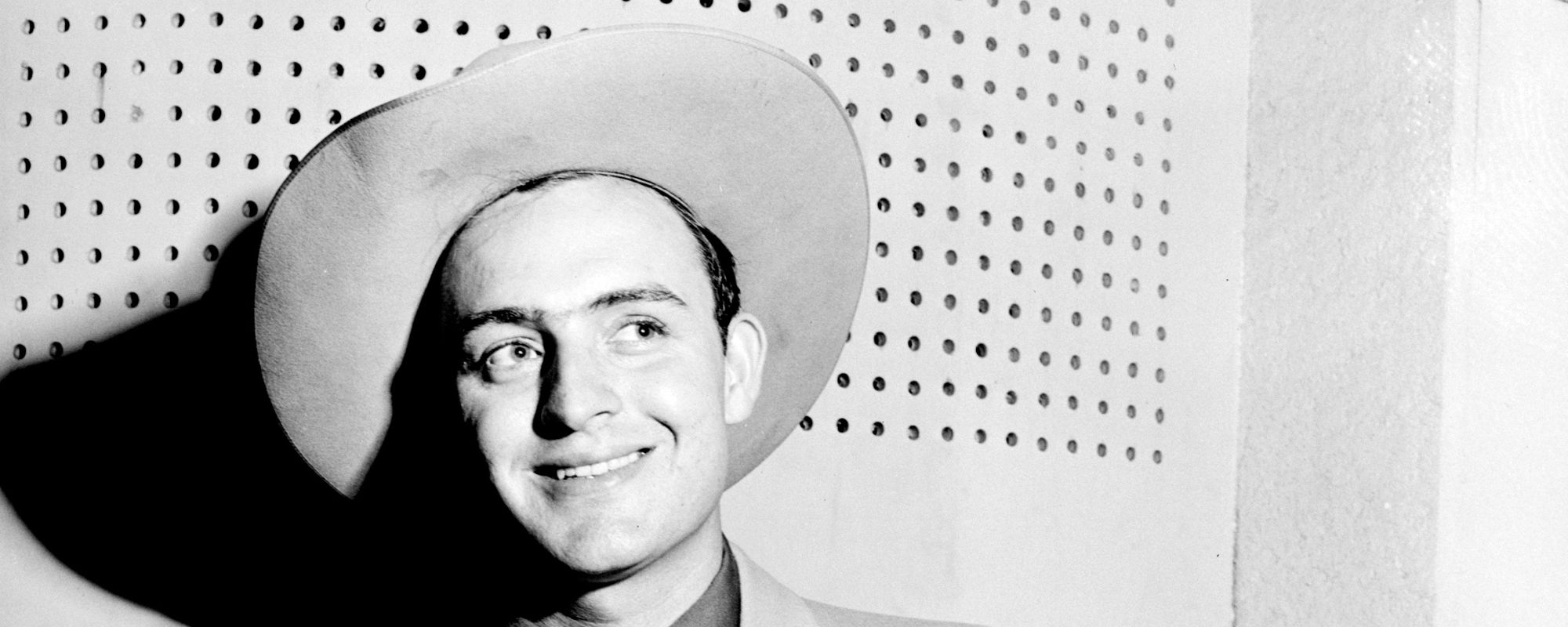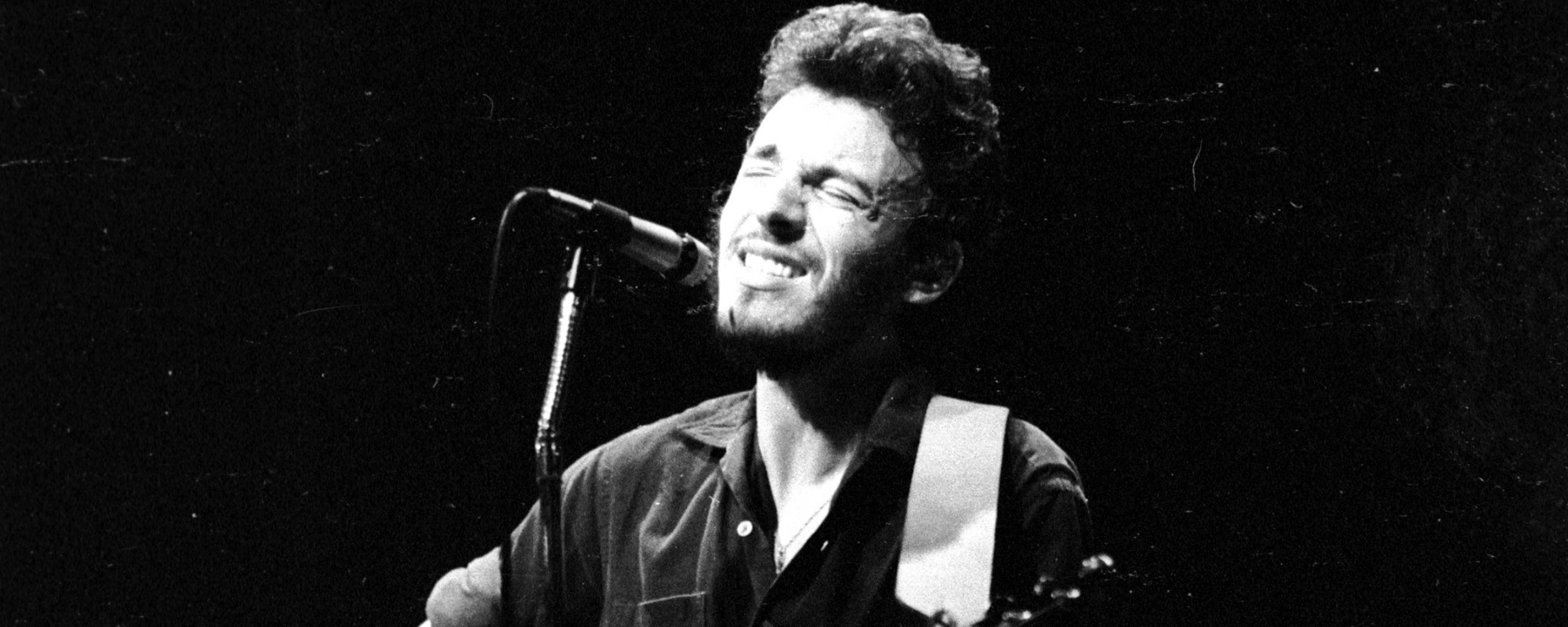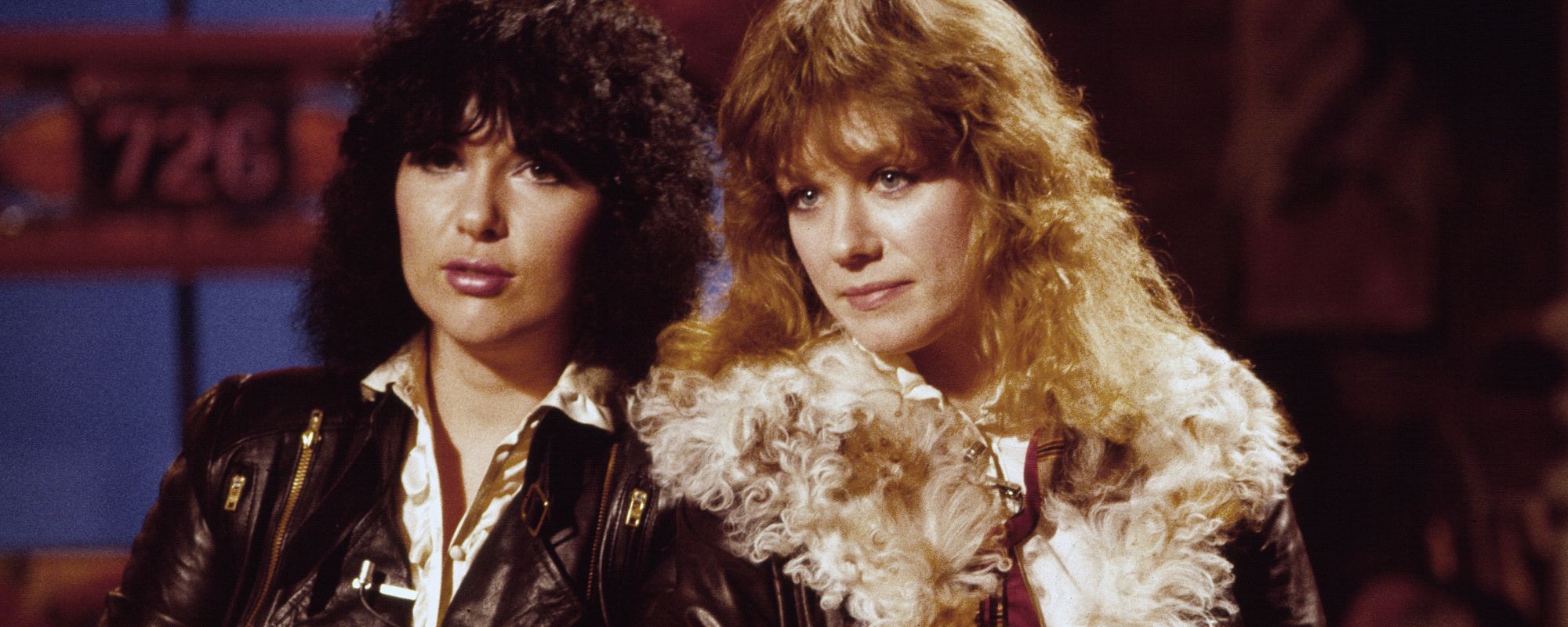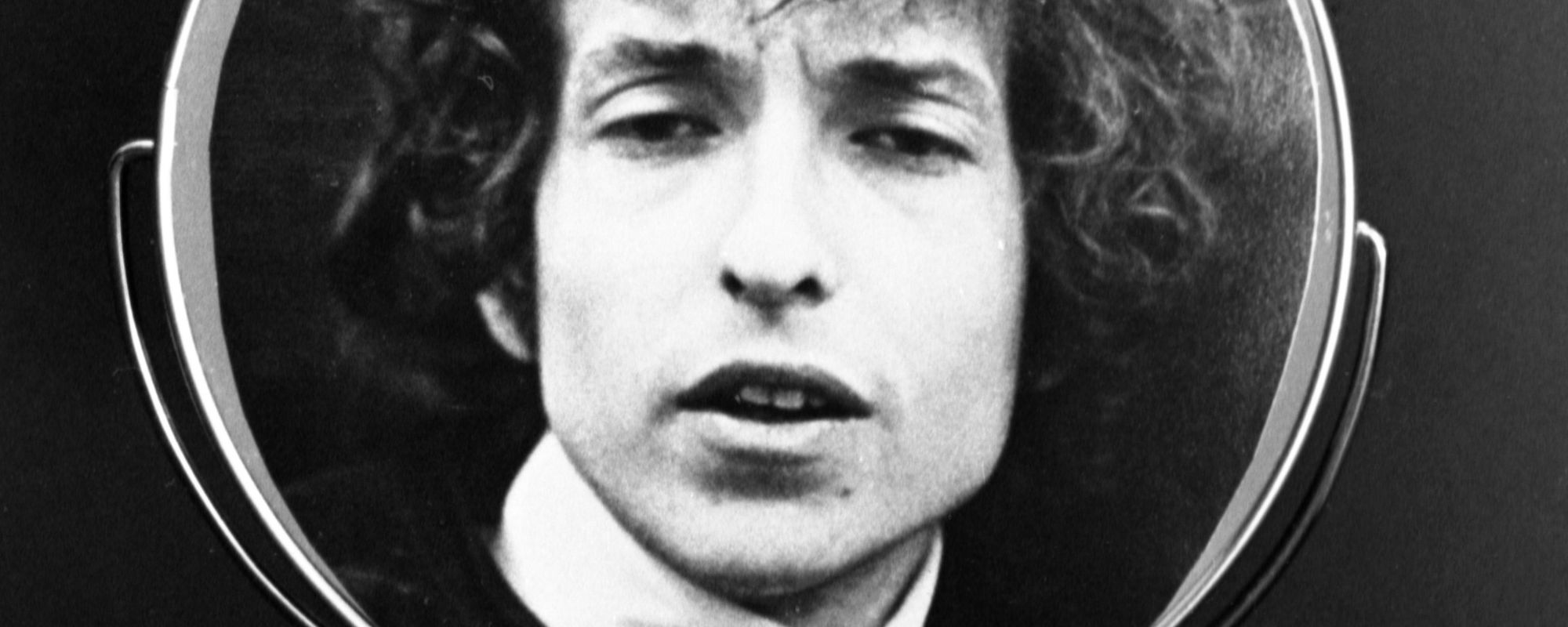Today, April 1, marks the 50th anniversary of the release of Journey’s self-titled debut studio album. In 1975, Journey was a very different band than the ones most fans know today.
Videos by American Songwriter
The Bay Area group, which formed in 1973, was the brainchild of former Santana manager Herbie Herbert. The band’s original lineup featured founding Santana lead singer/keyboardist Gregg Rolie, ex-Santana guitarist Neal Schon, Tubes drummer Prairie Prince, and two former members of the local group Frumious Bandersnatch—bassist Ross Valory and rhythm guitarist George Tickner.
The band originally was called the Golden Gate Rhythm Section, and initially was put together to serve as a backing group for various Bay Area artists. The outfit quickly abandoned its plans to be a backup group and started developing its own jazz fusion-and prog rock-influenced material. By the end of ’73, the band had adopted the new name Journey after one of their roadies suggested it.
Prince returned to The Tubes in early 1974, and Journey then hired Aynsley Dunbar as its new drummer. Dunbar had an impressive resume that included stints with John Mayall and the Bluesbreakers and Frank Zappa and the Mothers.
About the Journey Album
After being signed to Columbia Records, Journey recorded its debut album at the label’s San Francisco studio in November 1974. Roy Halee, best known for his work with Simon & Garfunkel, produced the record.
The album showcased Schon’s impressive guitar skills, as well as Rolie’s strong mid-range vocals and Hammond talents.
Journey featured seven prog-flavored tracks co-written by the various band members, excluding Dunbar. Two of the songs—“Kohoutek” and “Topaz”—were instrumentals. One song was released as a single from the album, the Rolie-Schon co-write “To Play Some Music.” It failed to chart, though.
The album also featured the song “Mystery Mountain,” which was co-written by Rolie, Tickner, and Valory’s then-wife, Diane. Diane would later contribute lyrics to Journey’s classic 1978 tune “Wheel in the Sky.”
The Journey album was the band’s least successful album, only reaching No. 138 on the Billboard 200.
Rolie reflected on Journey’s origins in a 2019 interview with the Best Classic Bands website.
“It was a jam band, based on a lot of soloing and a different kind of music, progressive rock,” he noted. “If it were a new band today, we’d be playing with the Dave Matthews Band and Phish.”
Journey After Its Debut Album’s Release
Tickner left Journey after the release of the band’s debut album to attend Stanford Medical School on a full scholarship. The group released two more prog-influenced albums as a quartet before an addition to the lineup in late 1977 changed Journey’s trajectory.
As Rolie pointed out to Best Classic Bands, “[A]fter three albums we got hold of Steve Perry through our manager, and we started writing songs for singing, instead of songs where we’re going to jam and take this as high as we can.”
Dunbar was replaced by Steve Smith in 1978. Journey’s classic 1980s lineup came together when Rolie left the band in late 1980 and was replaced by Jonathan Cain.













Leave a Reply
Only members can comment. Become a member. Already a member? Log in.